
Artificial intelligence cars
Artificial intelligence (AI) is expected to play a significant role in the future of cars, particularly in the development of autonomous vehicles. Here are a few ways that AI is likely to impact the automotive industry:
Autonomous driving: AI is a critical component of autonomous driving, allowing cars to make decisions and operate without human intervention. Machine learning algorithms are used to process data from sensors, cameras, and other sources to enable cars to make driving decisions in real-time.
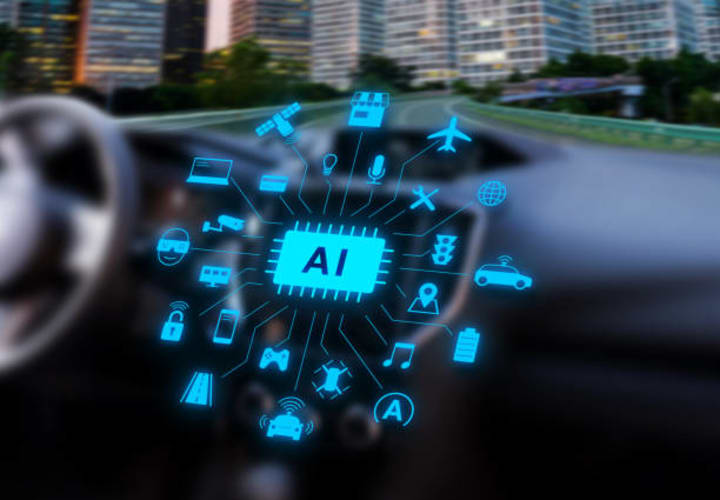
Improved safety: AI-powered cars have the potential to greatly reduce the number of accidents on the road. For example, they can use sensors and cameras to detect potential hazards and make split-second decisions to avoid collisions.
Enhanced driving experience: AI can be used to enhance the driving experience by providing drivers with more information and control over their car. For example, AI-powered systems can help drivers to stay in their lane, adjust their speed based on traffic conditions, and navigate through complex road systems.
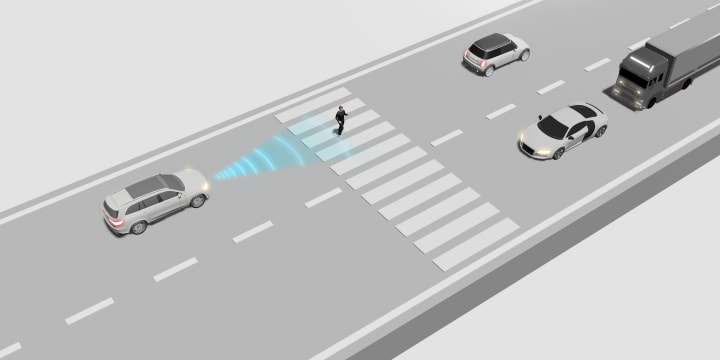
Predictive maintenance: AI can be used to monitor the health of a car's components and predict when maintenance is needed, allowing for proactive maintenance and reducing the likelihood of breakdowns. it will very helpful when you planned touring, AI predictive Maintenance system will inform that cars needs maintenance or not.

Increased efficiency: AI can be used to optimize the energy consumption of a car, reducing fuel consumption and emissions. For example, AI can be used to predict the most efficient route for a journey and optimize the car's speed and acceleration to conserve energy.
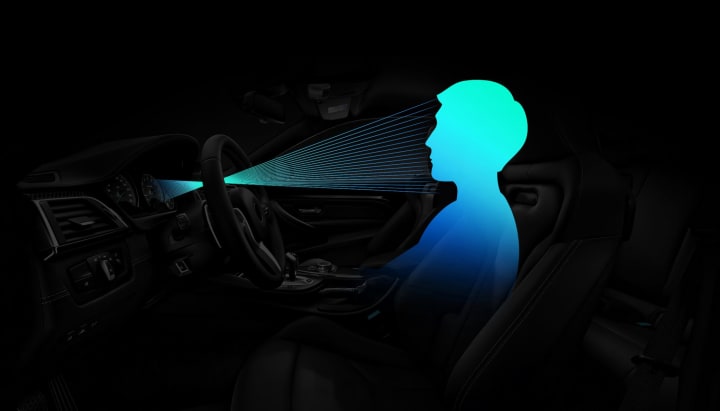
A Driver Monitoring System (DMS) is a technology that uses sensors, cameras, and artificial intelligence to monitor the behavior of the driver of a vehicle. The goal of a DMS is to improve road safety by reducing the risk of accidents caused by driver fatigue, distraction, or other factors that can impact a driver's ability to operate a vehicle safely.
Some of the key features of a DMS include:
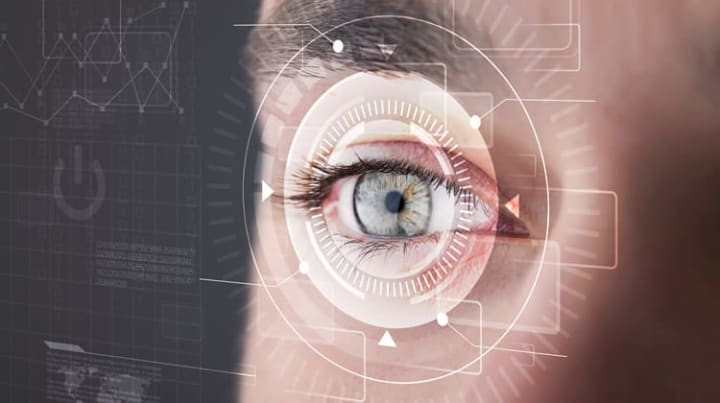
1. Eye tracking: Using cameras and image recognition technology, a DMS can monitor the position of a driver's eyes to determine if they are paying attention to the road or are distracted.
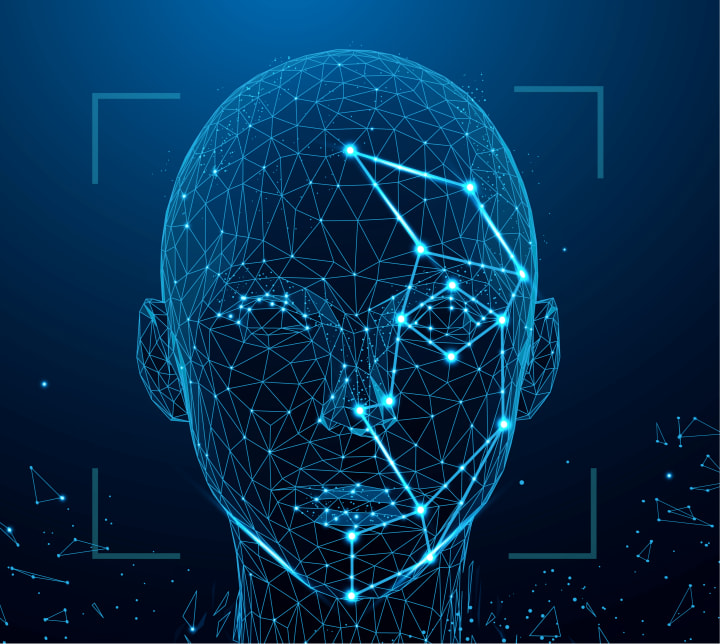
2. Facial recognition: A DMS can use cameras to recognize the face of the driver and compare it to stored images to determine if the driver is the person authorized to operate the vehicle.
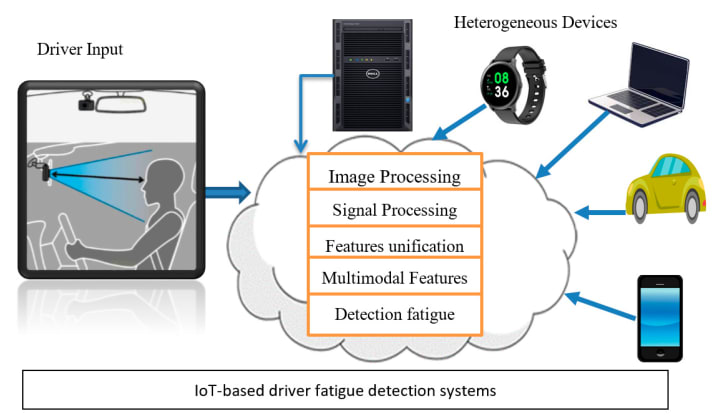
3. Driver posture and position: A DMS can use sensors to monitor the position of the driver's head, neck, and limbs to determine if they are in a safe and comfortable position for driving.

4. Driver alertness: A DMS can use a combination of eye tracking, facial recognition, and posture analysis to determine if the driver is alert and focused on the road.
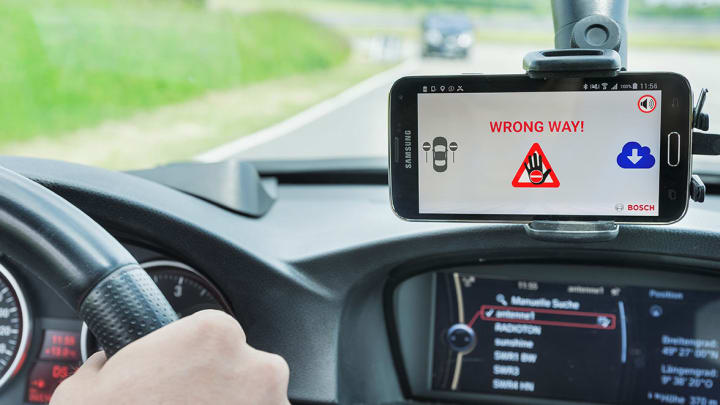
5. Warning and intervention: If the DMS detects that the driver is fatigued, distracted, or otherwise unable to operate the vehicle safely, it can provide visual and auditory warnings to alert the driver and, in some cases, intervene to control the vehicle.
DMS technology is still in its early stages, but it has the potential to greatly improve road safety by reducing the risk of accidents caused by driver distraction and fatigue. However, there are also privacy and security concerns associated with the use of DMS, so it is important to ensure that the technology is designed and tested to meet high standards of privacy and security.
Overall, AI is becoming an increasingly important part of the automotive industry, enabling the development of safer, more efficient, and more enjoyable cars. However, it is important to ensure that AI systems are designed and tested to meet high standards of safety and security to ensure that they are safe for use on the road.
About the Creator
Enjoyed the story? Support the Creator.
Subscribe for free to receive all their stories in your feed. You could also pledge your support or give them a one-off tip, letting them know you appreciate their work.





Comments
There are no comments for this story
Be the first to respond and start the conversation.